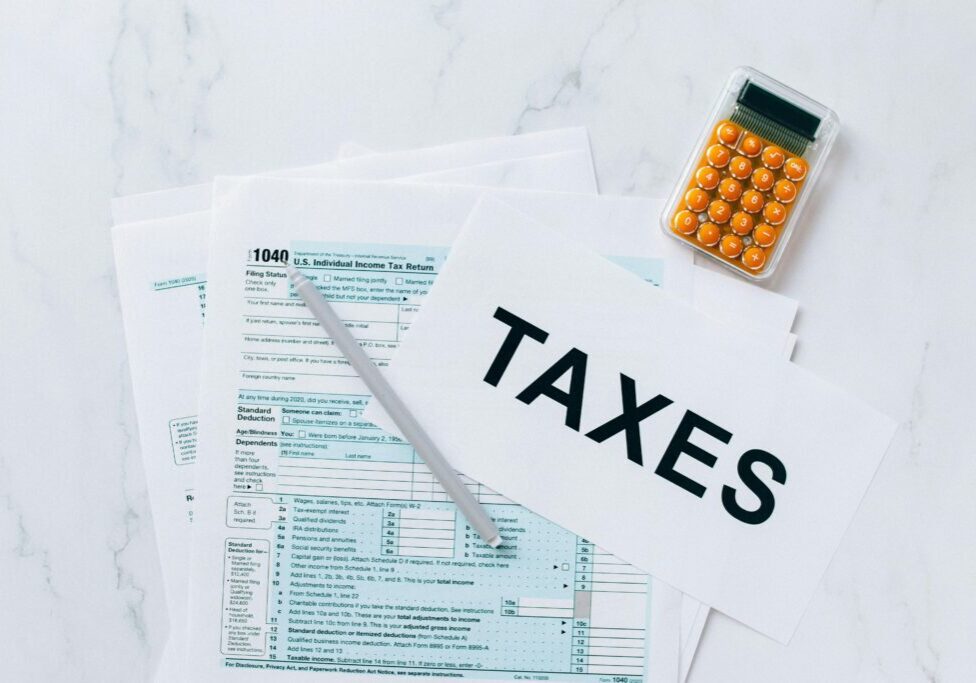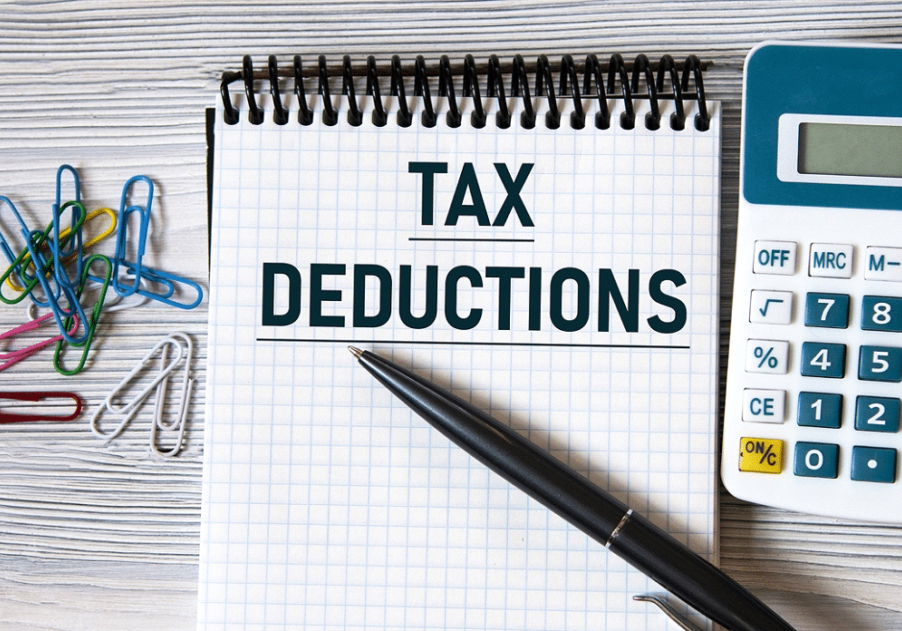When must you file a Gift Tax Return?

As you get ready to file taxes for the current year, one question you may end up being asked is if you made or received any gifts in the current year and if so, have you or are you planning to file a gift tax return. If all your gifts are small, you typically will not need to file a federal gift-tax return. A return is generally needed only when you make gifts to any one person (other than your spouse) in one year that are worth more than $14,000.
Gift-tax Annual Exclusion
Your gifts can be cash, securities, or other property. But, as long as their combined value is $14,000* or less per year, per recipient, no federal gift tax applies — and you don’t have to file a gift-tax return. The annual exclusion is an even bigger tax break than it first appears. For example, you could give each of 12 grandchildren $14,000 in stock this year — $168,000 total — and there would be no gift tax and no need to report your gifts.
* The $14,000 limit could increase in the future due to inflation adjustments.
Gift Splitting
By splitting a gift with your spouse, you can double the annual tax-free amount. For example, you alone could give $28,000 gift-tax free to your daughter if your spouse consents to split the gift and neither of you makes other gifts to your daughter that year. But you have to notify the IRS that you have made a split gift by filing a gift-tax return.
Just in Case
You may want to file a gift-tax return for a hard-to-value gift, even when it’s not required. If the transfer is adequately disclosed, the IRS has only three years to challenge the valuation. Without the gift-tax return, the IRS could dispute the valuation later when your estate-tax return is filed (and justification is much more difficult), potentially forcing your family to pay high back taxes.
Determining Tax Basis
When making a gift of property — for example, a gift of stock to a relative — keep in mind that you should give the recipient proper documentation of your basis in the property. Likewise, if you receive gift property, make sure you receive information regarding the donor’s basis.
Very generally, one’s “basis” in property is the cost of the property. For tax purposes, that basis may be adjusted for items such as depreciation claimed on the property.
A donor’s basis in gift property “carries over” to the recipient and is increased by the amount of gift tax paid by the donor on the transfer. When the recipient eventually sells or otherwise disposes of the gift property, any resulting gain will be determined using the donor’s basis in the property. For purposes of determining a loss, though, the recipient’s basis is the lesser of (1) the donor’s basis (plus any gift tax) or (2) the property’s fair market value on the date of the gift.
Example: Donor gives stock valued at $2,500 to his adult child. Donor’s basis in the stock is $1,500, and no gift tax is paid on the transfer (due to the $14,000 per recipient annual exclusion for present-interest gifts). If the child later sells the stock for $3,500, the child’s basis is $1,500 (the Donor’s basis), and the child realizes a gain of $2,000. If the child sells the stock for $1,000, his basis is still $1,500 (i.e., the lower of the Donor’s basis of $1,500 or the $2,500 market value on the date of the gift), and the child realizes a loss of $500.
Absent evidence of the donor’s basis, the recipient may be left with having to try to reconstruct the donor’s basis at the time the recipient sells the gift property — which may be many years after the gift is made. Such basis information may, by then, be unavailable. To avoid this potential problem, a donor should convey (and a recipient should ask for) all basis information — the cost of the property, the cost of improvements, any depreciation records, etc. — at the time of the gift.
About Alegria & Company, P.S.
We want to be your partner in success. Helping you with your financial needs is the perfect opportunity to do so. Our team of four partners and twenty-five professional staff located in two offices in Yakima and Prosser are well placed to serve clients from Yakima through the Lower Valley, the Columbia Basin and throughout the Pacific Northwest.










